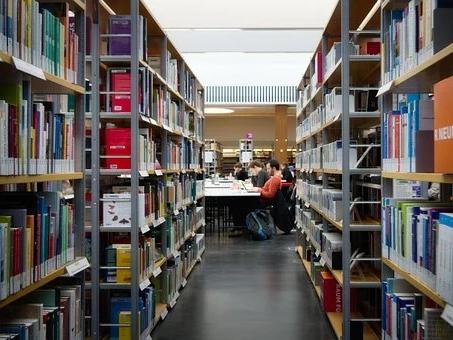雅思阅读之盘点段落中的“潜台词”,快速找到主旨!
雅思阅读中有一种极具特色的题型,就是List of headings,这种题目考察的就是考生们对段落大意的把控以及对重点信息的敏感度。
很多同学会被“生词较多“,”句子较长“,“逻辑复杂”等原因所困扰,导致没办法准确的去体会段落的主旨;又或者可能会有同学觉得段落中每句话都是“金句”,每句话都像“主旨句”,那主旨句究竟怎么找?其实,有很多段落都用“潜台词”的方式为大家指明了主旨所在,疯狂暗示着“快看这里!这里就是这段的主旨句!”
潜台词一:第二句或后文出现this/these/those等指代词
总分结构相信大家都非常熟悉,而且也有同学发现很多科普性的文章都喜欢用到总分结构,那我该怎么去识别?相信很多同学会说“开头第一句有概括性!” 但是只要首句具有概括性就是总分吗?在雅思阅读的文章中,这种具有概况性的句子太多了,我们该怎么去确定它是总分呢?如果在第二句和后文中出现了指代词,并且指代的对象是第一句中所提到的话题时,那么这一段就是明显的总分结构了。比如下一段:
What comes out of volcanic craters is mostly gas. More than 90% of this gas is water vapour from the deep earth: enough to explain, over 3500 million years, the water in the oceans. The rest of the gas is nitrogen, carbon dioxide, sulphur dioxide, methane, ammonia and hydrogen. The quantity of gases,…we need.
在这一段里,第二句及后文中出现了第一句里出现过的词gas,以及this,the这一类指代第一句信息的词,证明后文是在针对第一句进行展开讨论,那么这样的段落就是典型的“总分”。

图片来源网络
潜台词二:设问句/冒号
设问句如果出现在段首,证明后文会针对这个问题进行回答,那很明显这一段的主旨都是在讨论这个问题了。加上设问句出现在段落中非常的明显,因此这种结构如果出现可以3秒做出判断哦!比如下段:
So what the major contributing factors in the success of maths teaching? Clearly, attitudes are important. Education is valued greatly in Japanese culture; maths is recognised as an important compulsory subject throughout schooling; and the emphasis is on hard work coupled with a focus on accuracy.
在这一段中,先提问日本熟悉成功的主要因素有哪些?后文clearly开始就在对这个问题进行回答了,所以这一段的主旨是“The key to Japanese successes in maths education"。
潜台词三:原词重复出现
如果一直频繁提到某个词,证明这个内容是这一段的讨论重心,自然也就是段落主旨相关了,但是如果出现了同义替换的重复,很多词汇量有限的同学可能识别不了。但是至少,我们需要保证如果出现了原词的重复是能够识别出来的哦!如果我们遇到的段落里有相同的词在重复出现,这几乎就是送分题啦,就像做连连看一样找出长得一样的词,就可以把握段落主旨了。如下段:
It is remarkable that large, mixed-ability classes could be kept together for maths throughout all their compulsory schooling form 6 to15. Teachers say they give individual help at the end of a lesson or after school, setting extra work if necessary. In observed lessons, any strugglers would be assisted by the teacher or quietly seek help from their neighbour. Carefully fostered class identity makes pupils keen tohelp each other – anyway, it is in their interest since the class progress together.
这一段中有一个明显的重复词“help”,可以了解到这段是和帮助学生有关,因此该段的主旨对应的是“Helping less successful students”。
潜台词四:段落间有顺序:first/second/third…
如果段落和段落直接出现了第一、第二的顺序,意味着这几个段落互相之间其实是平级、独立的关系,因此每段都有自己独立的主旨,比如出现first的段落就在介绍第一是什么,而出现second的段落就是在介绍第二是什么。如果在文章中出现了这样的规律,看上去写的再复杂的段落也就被轻松掌握啦。比如我们看下面两段:
The first approach would consist of focusing on road transport solely through pricing. This option would not be accompanied by complementary measures in the other modes of transport. In the short term…
The second approach also concentrates on road transport pricing but is accompanied by measures to increase the efficiency of the other modes (better quality of services, logistics, technology). However, this approach does not include investment in new infrastructure, nor does it guarantee better regional cohesion. It could help to…
可以看出这两段分别在介绍第一种方法(first approach)和第二种方法(second approach),而对这两种方法的介绍也都统一的放在第一句,因此这两段的主旨句都显而易见啦。第一段的主旨是:Restricting road use through charging policies alone;第二段的主旨是:Charging for roads and improving other transport methods。均和这两段的第一句(对approach的介绍)含义相一致。









